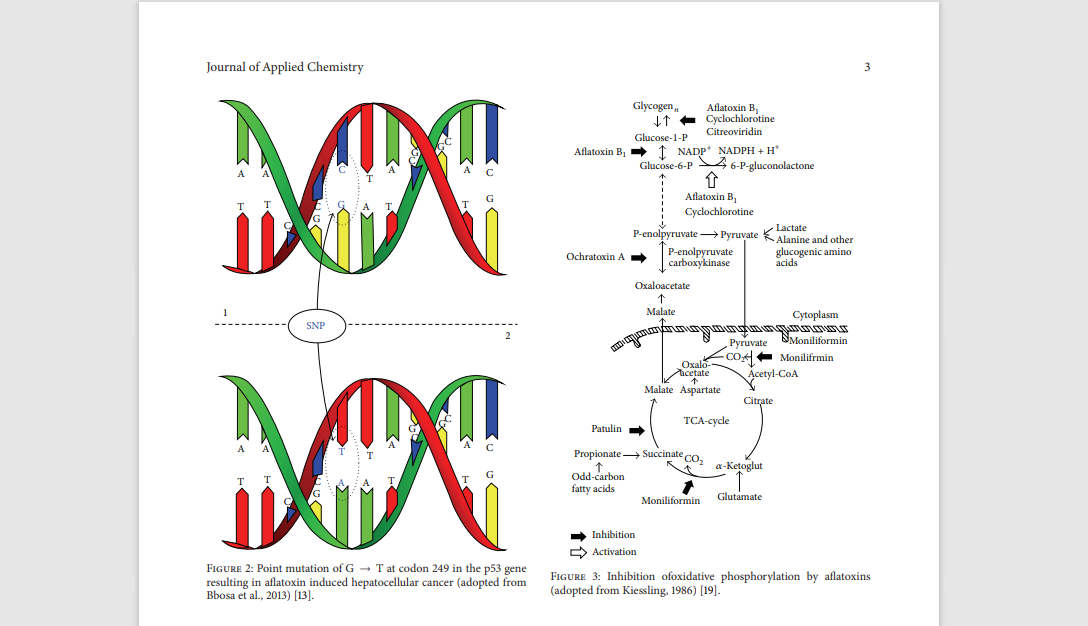
Abstract
Aflatoxins are toxic carcinogenic secondary metabolites produced predominantly by two fungal species: Aspergillus flavus and Aspergillus parasiticus . These fungal species are contaminants of foodstuff as well as feeds and are responsible for aflatoxin contamination of these agro products. The toxicity and potency of aflatoxins make them the primary health hazard as well as responsible for losses associated with contaminations of processed foods and feeds. Determination of aflatoxins concentration in food stuff and feeds is thus very important. However, due to their low concentration in foods and feedstuff, analytical methods for detection and quantification of aflatoxins have to be specific, sensitive, and simple to carry out.
Several methods including thin-layer chromatography (TLC), high-performance liquid chromatography (HPLC), mass spectroscopy, enzyme-linked immune-sorbent assay (ELISA), and electrochemical immunosensor, among others, have been described for detecting and quantifying aflatoxins in foods. Each of these methods has advantages and limitations in aflatoxins analysis. This review critically examines each of the methods used for detection of aflatoxins in foodstuff, highlighting the advantages and limitations of each method. Finally, a way forward for overcoming such obstacles is suggested.
Read full article;
Methods for Detection of Aflatoxins in Agricultural Food Crops.pdf (1.8 MB)
Copyright © 2014 Alex P. Wacoo et al. This is an open access article distributed under the Creative Commons Attribution License, which permits unrestricted use, distribution, and reproduction in any medium, provided the original work is properly cited.
